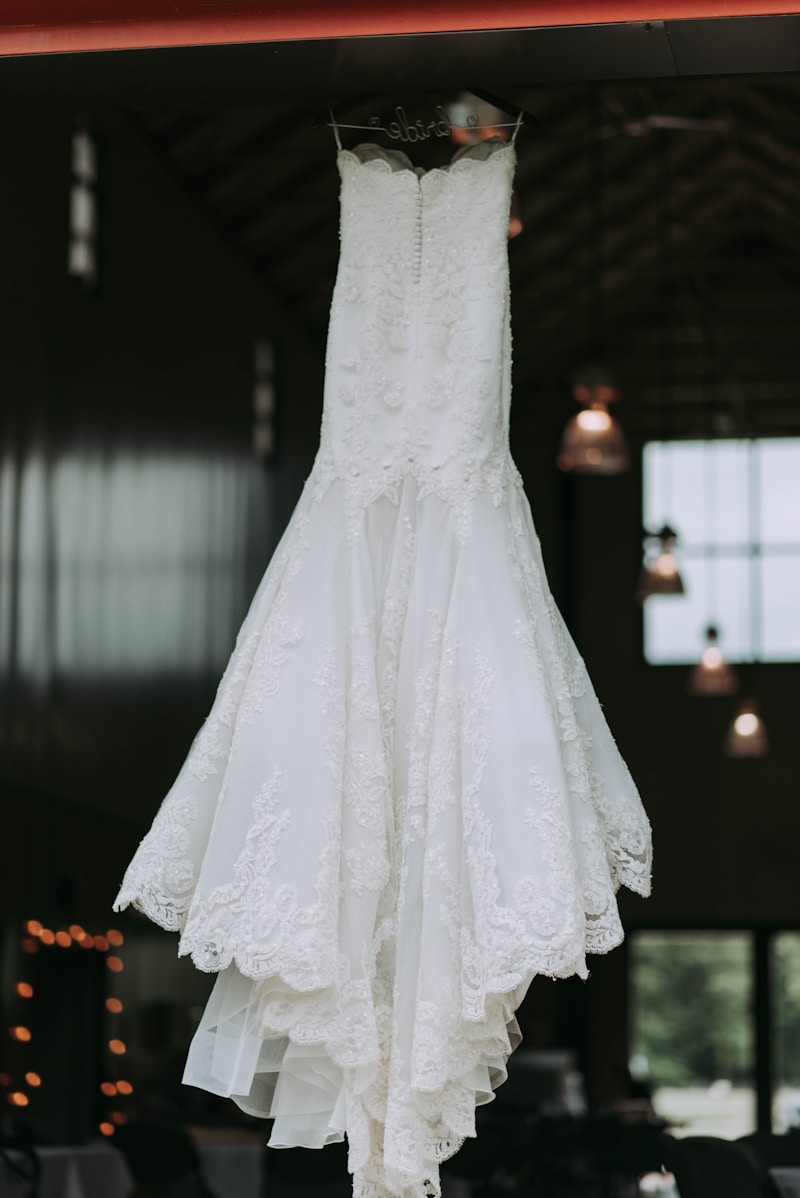Finding Your Dream Dress Size: A Comprehensive Guide
Choosing the perfect dress can be a daunting task, especially when it comes to finding your dream dress size. Whether you are shopping for a wedding gown, a cocktail dress, or an everyday outfit, understanding how to determine your ideal fit is crucial. This article will guide you through the intricacies of finding your dress size, while also addressing common concerns and questions that many shoppers have when it comes to sizing. Let’s dive in!
Understanding Dress Sizes
Dress sizes can vary dramatically between brands and regions, making the shopping experience particularly challenging. In the United States, dress sizes typically range from 0 to 20, with various styles having different sizing charts. It's essential to familiarize yourself with the sizing standards used by the brands you are considering. The best way to do this is by examining their size charts, which outline the specific measurements associated with each size.
| Dress Size | US Measurements (inches) | UK Size |
| 0 | 30-31 bust, 23-24 waist, 32-33 hip | 4 |
| 6 | 34-35 bust, 27-28 waist, 36-37 hip | 10 |
| 10 | 36-37 bust, 29-30 waist, 38-39 hip | 14 |
| 14 | 39-40 bust, 32-33 waist, 41-42 hip | 18 |
| 18 | 42-43 bust, 35-36 waist, 44-45 hip | 22 |
The Importance of Accurate Measurements
Before you start your quest for the perfect dress, it’s vital to take your measurements accurately. Here’s how to do it:
- Bust: Measure around the fullest part of your bust, keeping the tape measure level.
- Waist: Measure around your natural waistline, which is typically above your belly button and below your ribcage.
- Hips: Measure around the fullest part of your hips, making sure the tape is parallel to the floor.
Using these measurements, refer to the size chart of the brand you are interested in. Don’t forget that different styles may fit differently; a fitted style may require a smaller size compared to loose-fitting garments.
Common Problems When Sizing
Here are some common issues shoppers face when looking for their dress size:
- Variability Between Brands: Sizes can differ from one label to another, making it challenging to find consistency.
- Style Differences: Different dress styles (e.g., A-line vs. sheath) will fit differently, even if the size is the same.
- Body Shape Considerations: A size may fit comfortably around your bust and waist but may be tight around your hips.
Finding Your Perfect Fit
Picking the right dress size involves more than just numbers. Here are some recommendations to ensure you find a stunning fit:
- Try on Multiple Sizes: Don't hesitate to try on more than one size. This will allow you to see which cuts and styles flatter your body best.
- Consider Tailoring: If you love a dress but it doesn’t quite fit, consider getting it tailored. A little adjustment can make a huge difference.
- Read Reviews: Many fashion brands encourage customer feedback. Reading reviews can give insight into how a dress fits real customers.
- Look for Stretchy Fabrics: Dresses made from stretchy materials can offer more flexibility in sizes.

Shopping Tips for Different Occasions
When searching for dresses for specific occasions, keep in mind what will work best for your body type and measurements.
Casual Wear
For everyday wear, comfort is key. A-line dresses are generally flattering for all body types and provide ease of movement. Look for brands that offer a wide variety of casual styles in your size.
Formal Dresses
Choosing a formal dress often requires additional attention to detail. If you are shopping for a wedding gown or evening dress, allow for additional fittings. Accessorizing can also enhance the look, so consider how much time you will take to choose the right jewelry and shoes.
Bridal Gowns
Finding a wedding dress can be an exhilarating yet stressful experience. On top of sizing, factor in elements like the style and fabric. Bridal sizes can differ, often being 2 sizes smaller than your usual size. Consult bridal consultants for guidance and be patient with the process.
Additional Resources
Consider visiting official brand websites, check fashion forums, or join online communities where people share their sizing experiences. These resources can provide valuable insights and help you navigate your way to the right choice.
Conclusion: Key Takeaways on Finding Your Dream Dress Size
Finding your dream dress size doesn't need to be an overwhelming experience. By understanding sizing variances, taking accurate measurements, and considering different styles, you can make the process smoother. Always remember to try on multiple options, read reviews, and don’t hesitate to seek professional tailoring when necessary.
Lastly, embrace the journey of finding your perfect dress – after all, it’s not just about the size; it’s about feeling beautiful and confident in whatever you choose to wear.
In summary, remember these tips: accurate measurements, understanding sizing charts, being aware of brand differences, and having an open mind while shopping. Happy dress hunting!